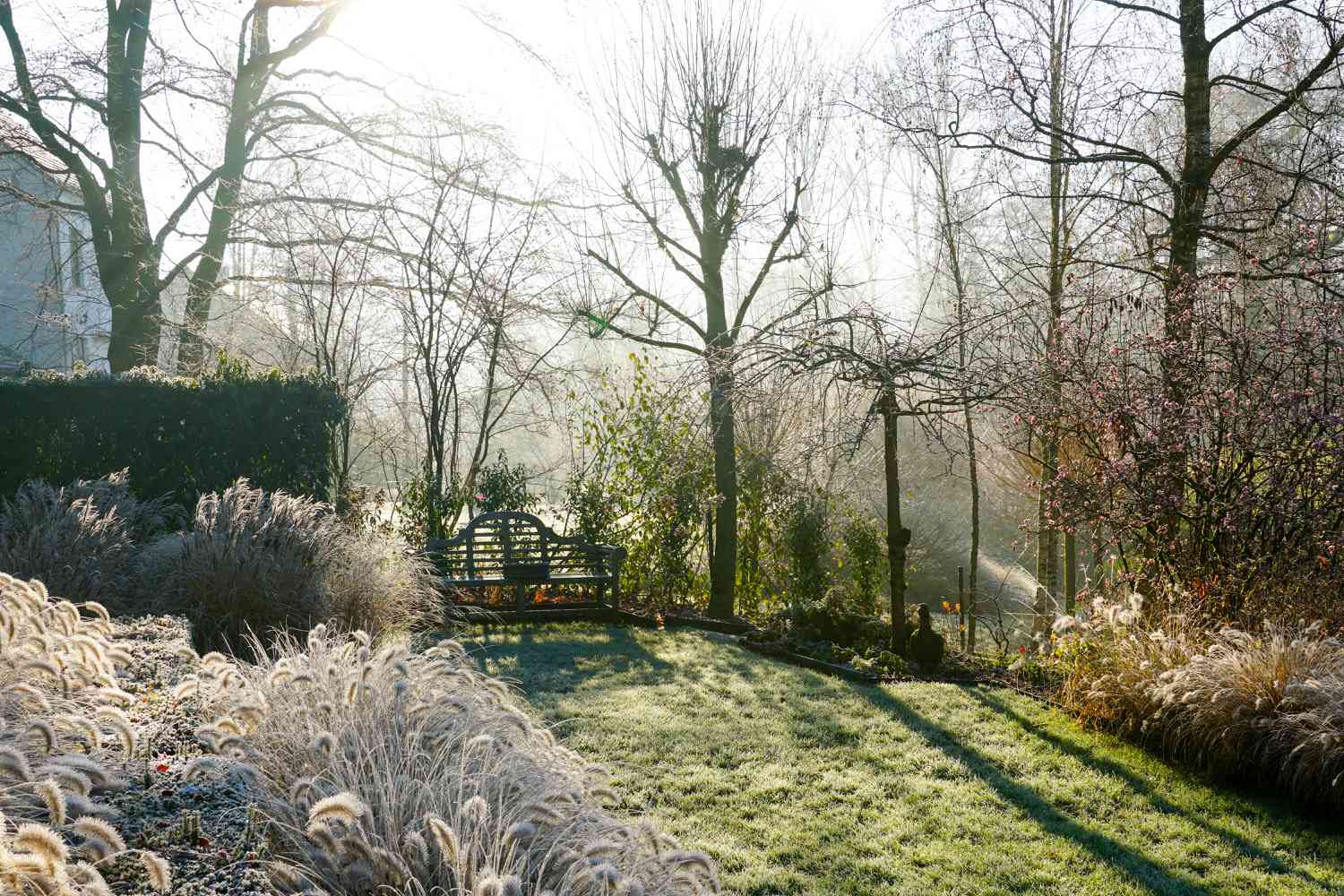When it comes to gardening, knowing the first frost date in your area is key to many important fall tasks, such as digging up dahlias, pruning for the year, harvesting cold-sensitive plants, and bringing plants in for the winter. The first frost date of the season is when temperatures fall below freezing (32°F), which can damage or kill tender or young plants. It's important to know when to expect frost so you can prepare your garden in time to protect sensitive plants or harvest the last of summer's crops. Here's how to determine when the first frost is expected in your area so you can plan ahead.
What causes frost?
The date of the first frost is not an exact date as it varies from year to year. However, it is based on the average date when temperatures typically reach freezing in your area. Frost can form when the air temperature is between 32°F and 36°F, there is some moisture such as water vapor in the air, and the wind is calm. Because the air is not moving, a thin layer of cold air can form near surfaces that can be up to 10 degrees colder than the air above. The frost can be localized or widespread, forming on any surface at or below freezing, meaning garden plants close to the ground are often affected. Annuals, summer vegetables, herbs, container gardens and other delicate plants may not survive. Frost occurs when temperatures fall below 32°F, and some plants that could survive a frost may not be able to withstand a frost.
How to determine the date of the first frost
Using your zip code, you can set planting and maintenance schedules before frost is likely to arrive in your area. To find the first frost date in your area, enter your zip code The Old Farmer's Almanac Frost date calculator or another source such as the National Gardening Association website to determine the estimated dates for your area. The results are based on climate data from the National Oceanic and Atmospheric Association (NOAA). Other sources include local field offices and local weather forecasts. Please note that these data are estimates. You should check with your local garden center or keep track of dates from year to year to prepare.
When planning your garden, knowing your USDA plant hardiness zone can help determine which cold-hardy plants grow best in your climate.
Average first frost dates
Use these average first frost dates as a guide when determining when to expect frost in your area:
- Northwest: Between September and November
- Midwest: Between mid-September and early October
- Southwest: Between September and November in northern Arizona, Utah, New Mexico, Nevada and Colorado and in December in southern Arizona and most of California
- Northeast: Between early September in the far north and early October
- South: Early October in Virginia to December in other parts of the south, not at all in the Florida Keys
- Alaska: Varies greatly each year
- Hawaii: Subzero temperatures only at the highest altitudes
What factors can affect frost?
The first frost date varies by location due to factors such as altitude, proximity to lakes and oceans, and whether you are in the north or south. The average first frost in Connecticut usually occurs between October 1st and 15th. Further south in Kentucky it usually falls between October 1st and November 10th, while it can reach South Carolina between November 1st and December 31st.
Because of the microclimate, your yard may even experience frost at different times than other parts of your neighborhood. These may include low areas in your garden, such as slopes or valleys, that are colder than higher or more sheltered areas, such as at the top of a hill or near a brick retaining wall.
